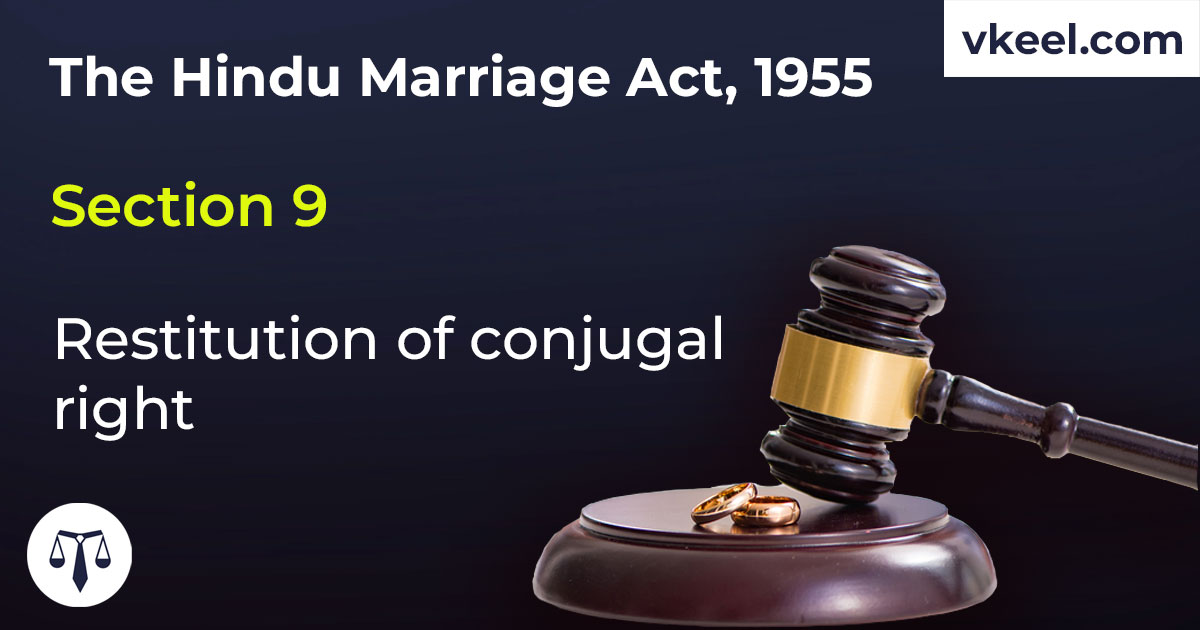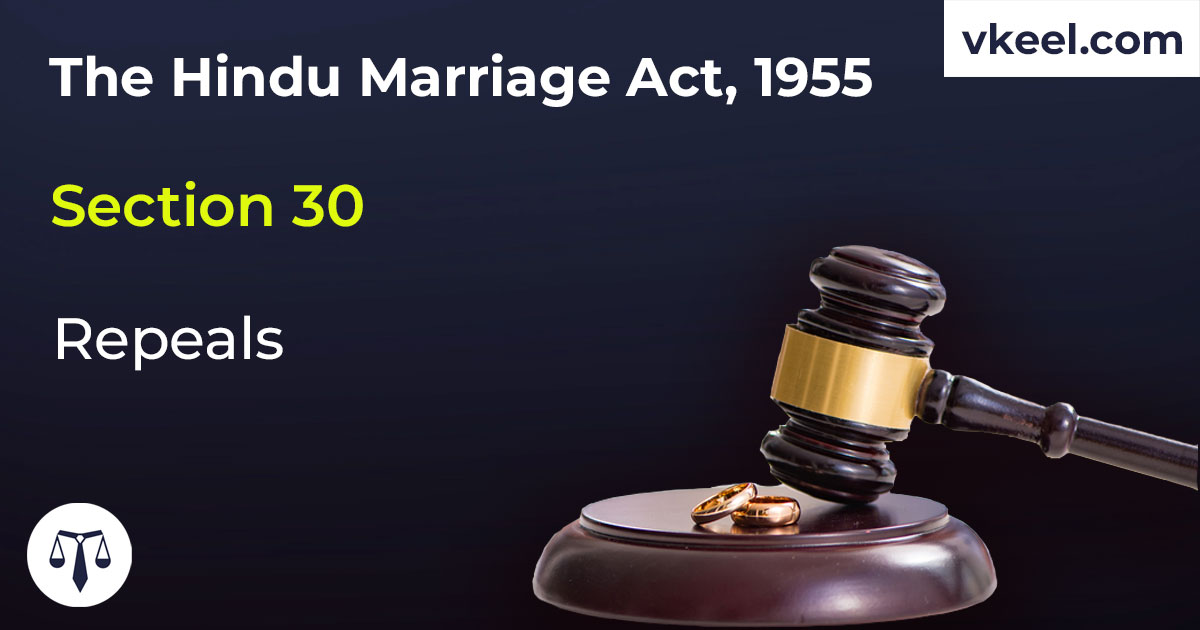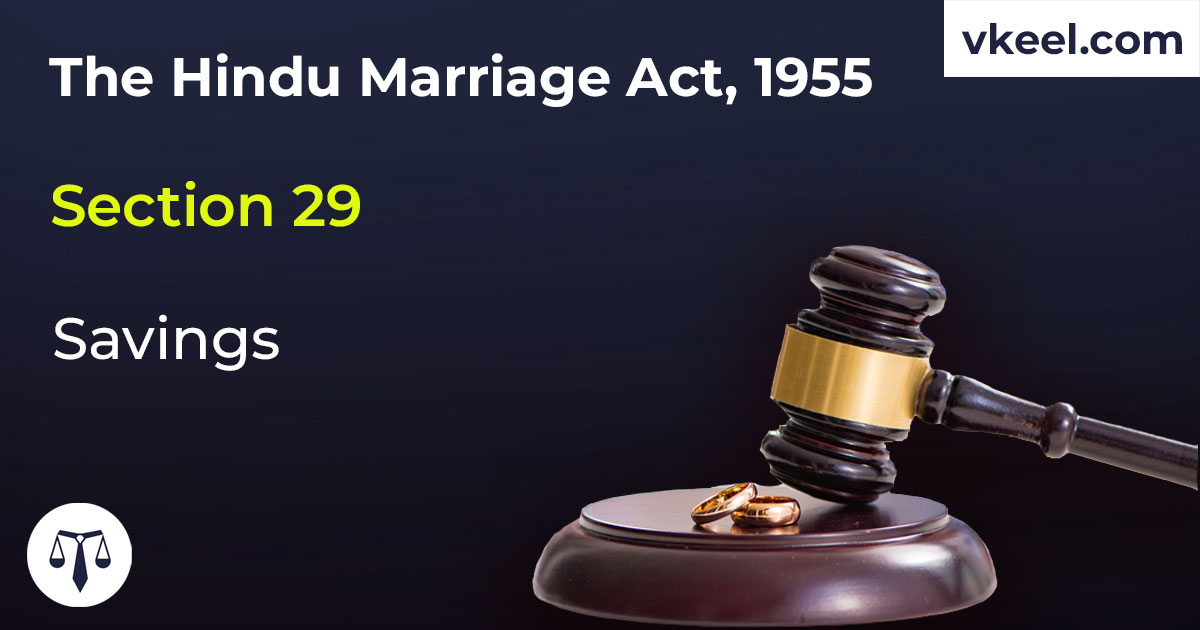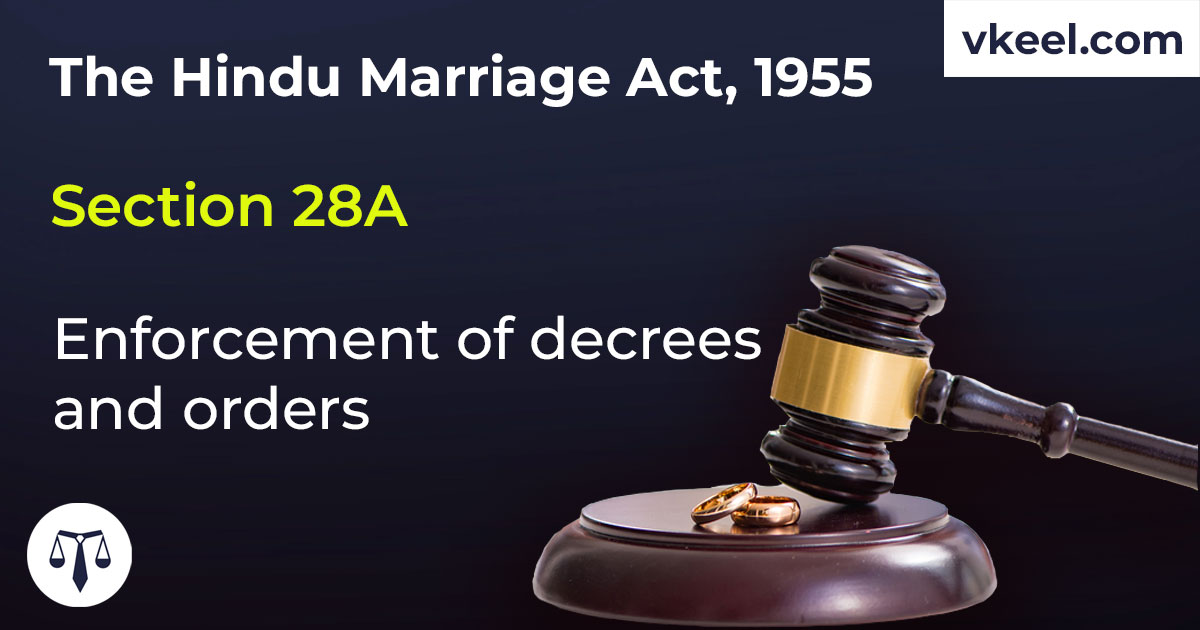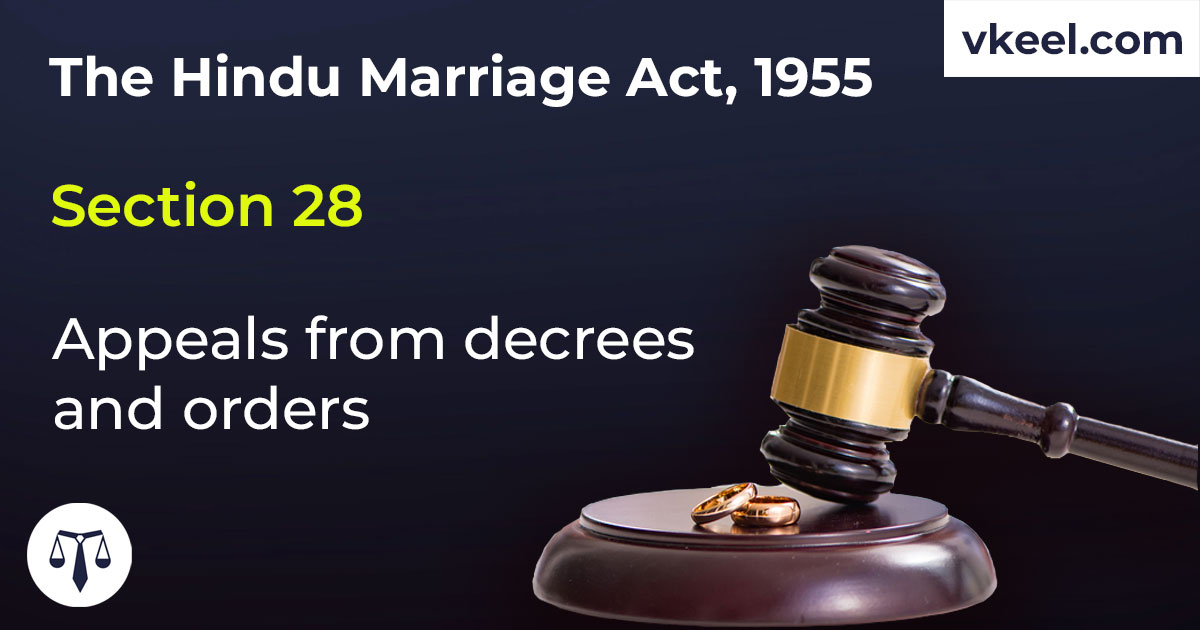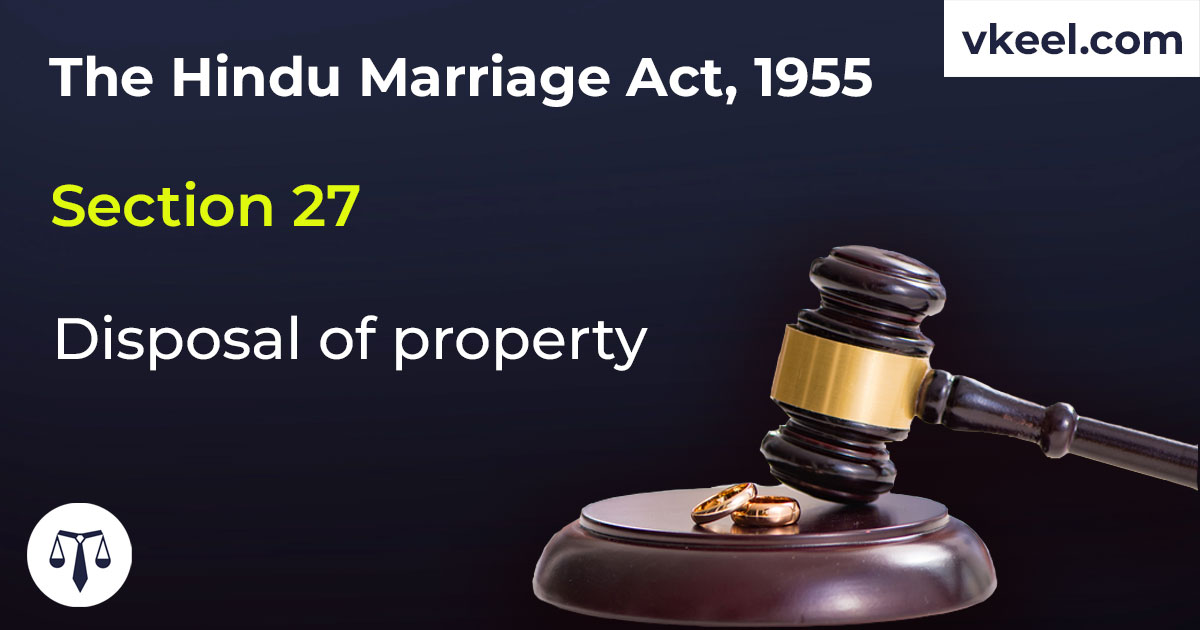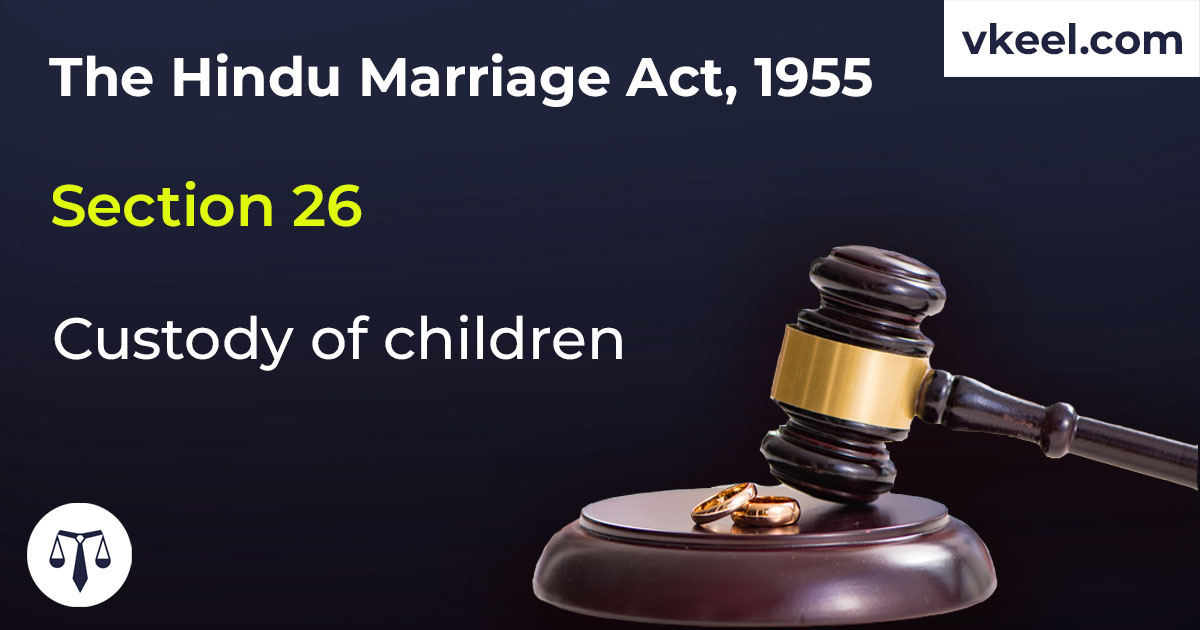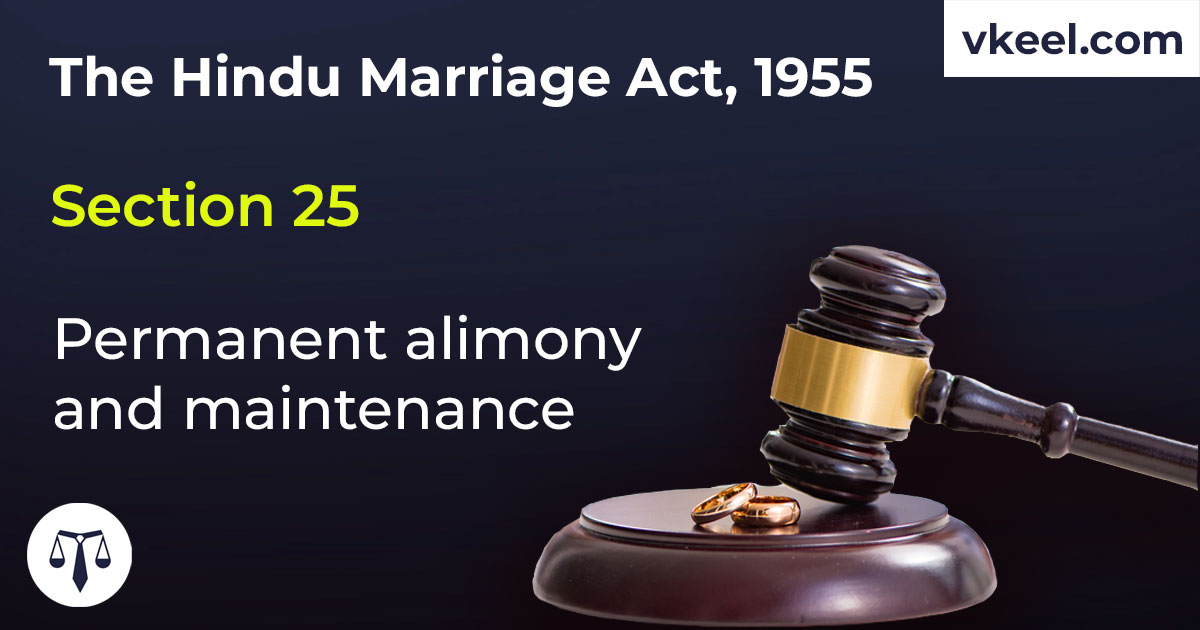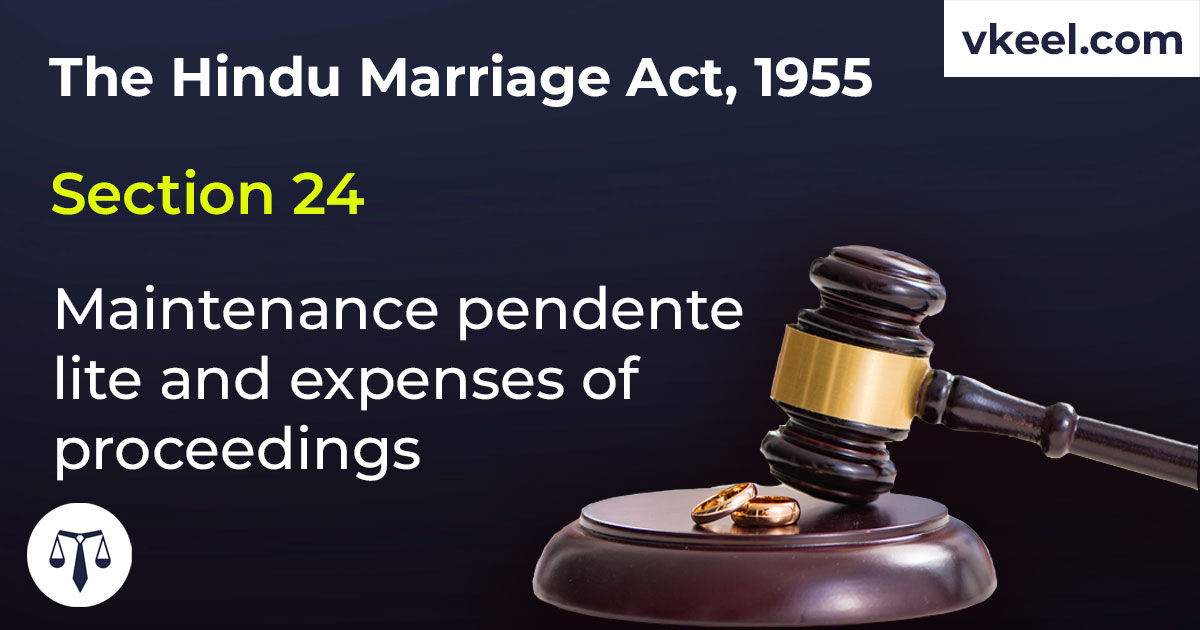Section 9 Hindu Marriage Act 1955 – Restitution of conjugal right
By Vkeel Team
Description
“Section 9 Hindu Marriage Act 1955”
1 *** When either the husband or the wife has, without reasonable excuse, withdrawn from the society of the other, the aggrieved party may apply, by petition to the district court, for restitution of conjugal rights and the court, on being satisfied of the truth of the statements made in such petition and that there is no legal ground why the application should not be granted, may decree restitution of conjugal rights accordingly.
2[Explanation.—Where a question arises whether there has been reasonable excuse for withdrawal from the society, the burden of proving reasonable excuse shall be on the person who has withdrawn from the society.]
Section 9 Hindu Marriage Act 1955 on Restitution of Conjugal Rights: A Critical Analysis
The Hindu Marriage Act, 1955 is a landmark legislation in India that governs the marriage and divorce of Hindus. Section 9 Hindu Marriage Act 1955 of the Act deals with the restitution of conjugal rights, which is a remedy available to a spouse who has been wrongfully deprived of his or her conjugal rights. This section has been the subject of much debate and criticism due to its potential to be misused and its implications for gender equality. This article seeks to explore the impact of Section 9 Hindu Marriage Act 1955 on restitution of conjugal rights, with a critical analysis of its implications.
Section 9 Hindu Marriage Act 1955 states that if one spouse has, without reasonable excuse, withdrawn from the society of the other, the aggrieved party may apply to the court for restitution of conjugal rights. If the court is satisfied that the withdrawal is without reasonable excuse, it may grant a decree of restitution of conjugal rights. This means that the court can order the spouse who has withdrawn from the society of the other to resume cohabitation with the aggrieved party.
The primary concern with Section 9 Hindu Marriage Act 1955 is that it can be misused by one spouse to force the other to resume cohabitation. This is especially true in cases of domestic violence, where the aggrieved party may be forced to resume cohabitation with the abuser. Furthermore, the section does not take into account the wishes of the aggrieved party, and instead focuses on the rights of the other spouse. This has been criticized as being in violation of the right to privacy and autonomy of the aggrieved party.
Another issue with Section 9 Hindu Marriage Act 1955 is its implications for gender equality. The section does not take into account the fact that women are often the victims of domestic violence and may be forced to resume cohabitation with their abuser. This has been criticized as being in violation of the right to equality and freedom from discrimination.
Finally, Section 9 Hindu Marriage Act 1955 has been criticized for its lack of clarity. The section does not provide any guidance on how the court should determine whether the withdrawal from the society of the other spouse is without reasonable excuse. This has led to confusion and inconsistency in the application of the section.
In conclusion, Section 9 Hindu Marriage Act 1955 has been the subject of much debate and criticism due to its potential to be misused and its implications for gender equality. The section does not take into account the wishes of the aggrieved party, and instead focuses on the rights of the other spouse. Furthermore, the section does not provide any guidance on how the court should determine whether the withdrawal from the society of the other spouse is without reasonable excuse. It is therefore important that the section be amended to ensure that it is not misused and that it takes into account the wishes of the aggrieved party.
1. The brackets and figure (1) omitted by Act 68 of 1976, s. 3 (w.e.f. 27-5-1976).
2. Ins. by s. 3, ibid. (w.e.f. 27-5-1976).
3. Sub-section (2) omitted by s. 3, ibid. (w.e.f. 27-5-1976).
Description Source: indiacode
Disclaimer:
The information provided in the article is for general informational purposes only, and is not intended to constitute legal advice or to be relied upon as a substitute for legal advice. Furthermore, any information contained in the article is not guaranteed to be current, complete or accurate. If you require legal advice or representation, you should contact an attorney or law firm directly. We are not responsible for any damages resulting from any reliance on the content of this website.

